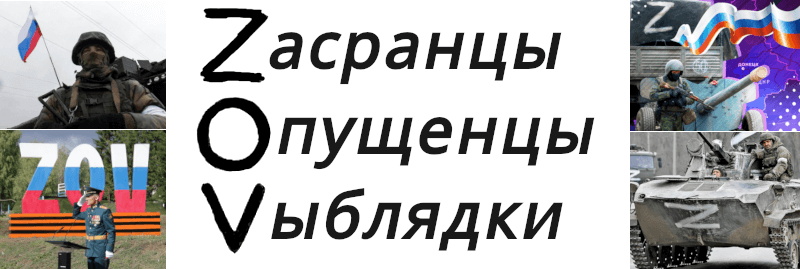Nuclear weapons test sensors in Sweden detect unexplained rise in radiation coming from region including Russian city of St Petersburg
Sensors normally used to detect nuclear weapons tests have picked up an unexplained rise in radiation coming from a region which includes the Russian city of St Petersburg.
The increased levels were picked up in a region which also covered the tips of Denmark and Norway as well as southern Sweden, much of Finland and the Baltic countries.
They were detected by the Comprehensive Nuclear-Test-Ban Treaty Organization (CTBTO), which oversees a network of hundreds of monitoring stations.
Sensors normally used to detect nuclear weapons tests have picked up an unexplained rise in radiation coming from a region which includes the Russian city of St Petersburg
A spokesman for the organisation the radiation was ‘certainly’ produced from nuclear fission – the process used to generate nuclear power.
The monitoring stations ordinarily detect nuclear weapons tests by using seismic, hydroacoustic and other technology.
Seismic refers to earthquakes or other vibrations underneath the earth’s surface, while the term hydroacoustic refers to an underwater sound.
The station in question, in Stockholm, Sweden, detected three different isotopes, or elements, while scanning the air for radionuclides – telltale radioactive particles that can be carried long distances by the wind.
CTBTO chief Lassina Zerbo said in a tweet which included a map of the affected region that the levels detected were higher than usual but ‘not harmful for human health’
The isotopes detected were caesium-134, caesium-137 and ruthenium-103.
CTBTO chief Lassina Zerbo said in a tweet which included a map of the affected region that the levels detected were higher than usual but ‘not harmful for human health.’
He said they were detected on June 22 and 23.
A spokeswoman for the Vienna-based CTBTO added: ‘These are certainly nuclear fission products, most likely from a civil source.’
‘We are able to indicate the likely region of the source, but it’s outside the CTBTO’s mandate to identify the exact origin.’
Nuclear fission refers to the atomic chain reaction that generates heat in nuclear reactors used in nuclear power stations.
How do nuclear reactors work?
A nuclear reactor creates energy by splitting atoms of uranium.
The energy released from these atoms is then used to boil water.
This, in turn, drives a turbine.
A reactor core contains the uranium pellets and a 1000 megawatts (MWe) facility would have about 75 tonnes of enriched uranium.
Uranium-235 is bombarded with neutrons to split the atom, which then creates different elements or another isotope of Uranium.
Either way, it releases energy.
These often also undergo radioactive decay and a chain reaction is triggered – contributing to the net energy output.
Steam is produced, condensed and then recycled so the only waste products are often the radioactive compounds created from the fission.
Control rods can be added or removed from the reactor core to either increase or decrease the rate of reaction.
These are made of stable elements such as boron, silver, indium and cadmium that are capable of absorbing many neutrons without undergoing fission.
